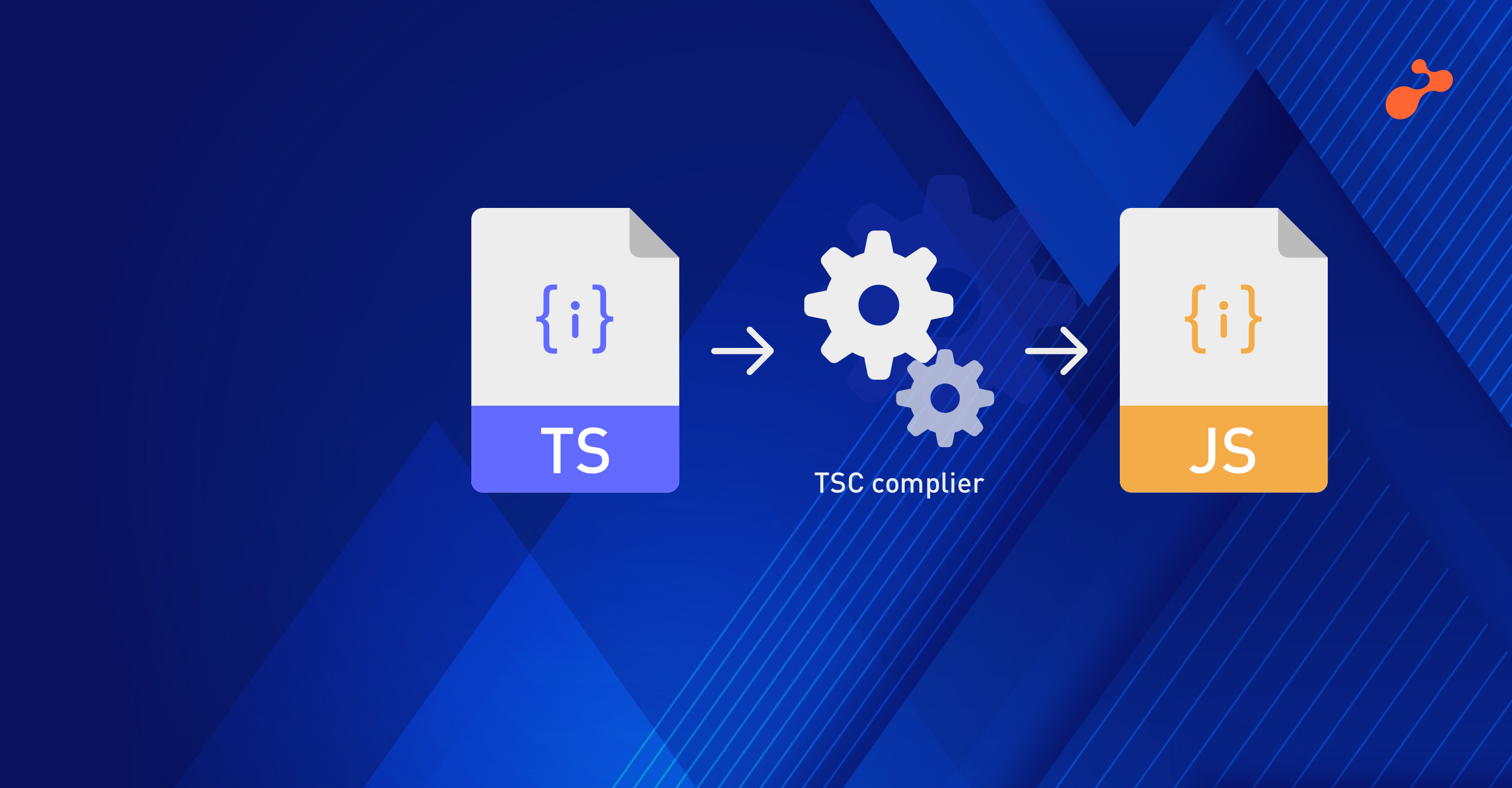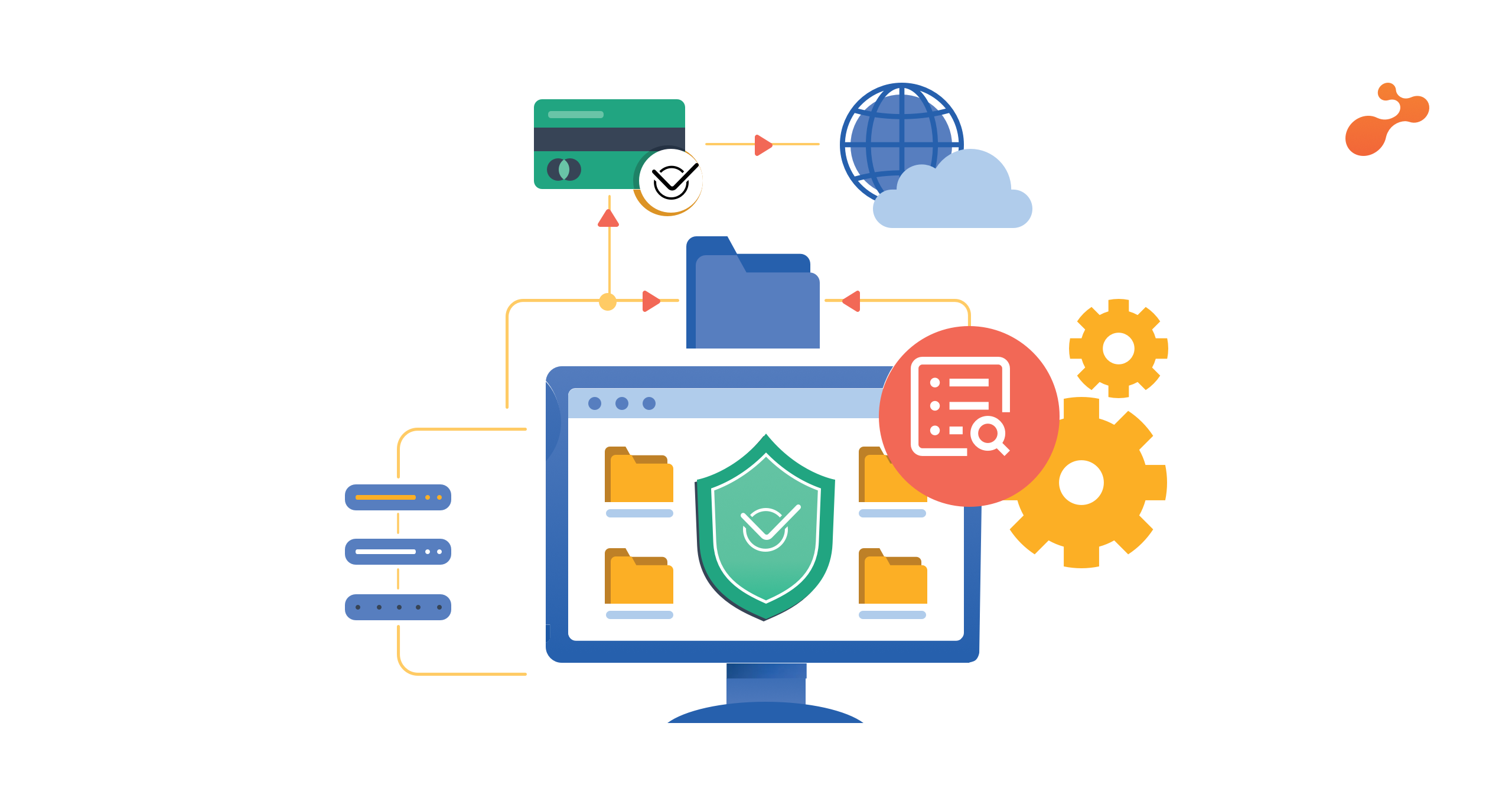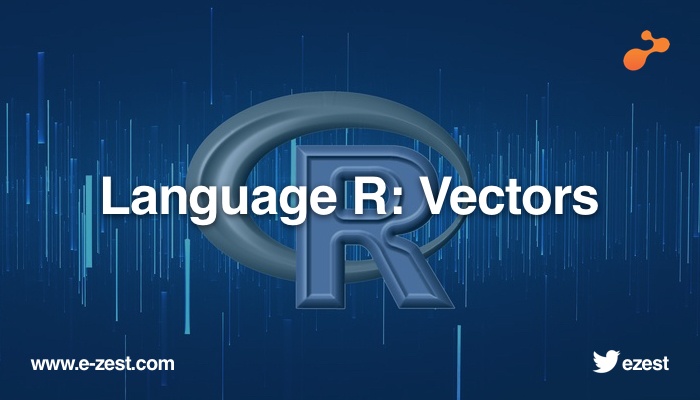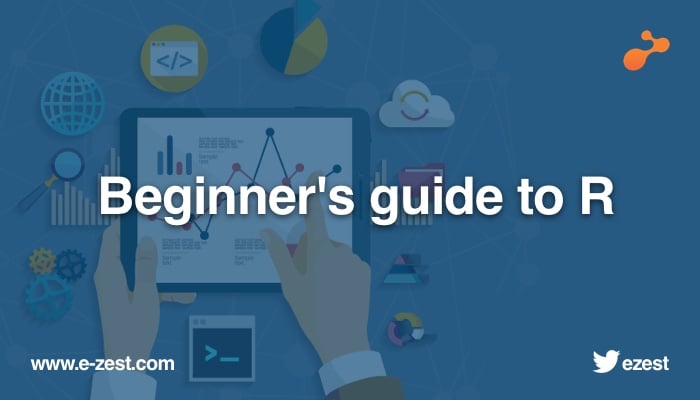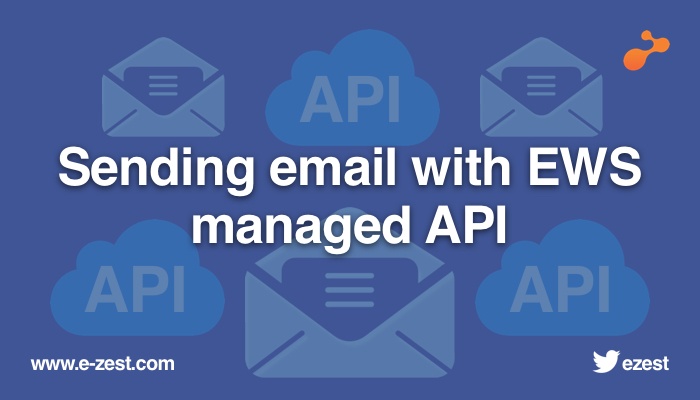
Microsoft Exchange server provides web services which are called as EWS to provide access to Exchange server data. To communicate with this web services Microsoft provides API’s called as EWS Managed APIs. Using these API’s we can build client application which can send, read, and reply to email messages from the exchange server, and can do tasks like adding, updating, canceling appointments. There are various methods provided by API’s to achieve various operations on exchange server. In this blog we will discuss how to send email messages through EWS managed API’s using .Net client application.
As a starting point, first add Microsoft.Exchange.WebServices reference in your .Net client application.
Configure Exchange service
ExchangeService class in EWS is used to configure credentials, exchange URL and service binding to be used for sending message.
- Initiate exchange service object and specify the exchange version
Providing Exchange server version with service object will indicate contract that server should use to process the request. Specifying version will enable to access properties and methods available in that particular version. EWS API supports from Exchange 2007 SP1 to Office 365 and Exchange Online.
- Credentials to use to login to exchange server
_service.UseDefaultCredentials = False;
_service.Credentials = New WebCredentials (username, password, DomainName);
- Setting service URL
_service.Url = New Uri("https://mydomain.com/ews/Exchange.asmx");
- Timeout settings
_service.Timeout = 200000;
Once the service configuration is done next step is to configure message to be sent using service object.
Configure Email message
EmailMessage class is used to setup message to be send. You can create, update, delete message using this class. Class provides various methods and properties.
- Create email message object
EmailMessage msg = new EmailMessage(_service);
- Properties in message
MessageBody msgBody = new MessageBody();
msgBody.BodyType = BodyType.HTML;
msgBody.Text = "A draft email message with the subject";
msg.Body = msgBody;
EWS Api’s provide two option for body type HTML or Text format. To send message as plain text set BodyType to Text, for HTML message specify type as HTML. You can also assign HTML string to Text property to send email with HTML formatting.
- Adding attachments to message body
byte[] fileContent = FileToByteArray(fileName);
string Filename = “Yearly Report”;
string cid = Guid.NewGuid().ToString();
FileAttachment mAttachment = msg.Attachments.AddFileAttachment (Filename, fileContent);
This will add file in message objects attachment collection. You can add more than one file as an attachment.
In API there is an option to send inline attachment where link is created in message body. In case of inline attachment we need to specify unique contentId.
if (msgBody.Text.Contains("src=\"" + Filename + "\"")) {
msgBody.Text = msgBody.Text.Replace("src=\"" + Filename + "\"", "src=\"cid:" + cid + Filename;
mAttachment.IsInline = true;
mAttachment.ContentId = cid + Filename;
}
msg.Body = msgBody;
In some exchange server there is a limit to attachment size. If size of all attachments exceeds limit it will show an error.
- Adding Recipients , BCC and CC to message
msg.ToRecipients.Add("Recipient1@mydomain.com");
msg.ToRecipients.Add("Recipient2@mydomain.com");
msg.BccRecipients.Add("BCCRecipient1@mydomain.com");
msg.CcRecipients.Add("CCRecipient1@mydomain.com");
In some exchange server there is maximum limit on recipient per message i.e. max no of recipients we can add as recipients. If no of recipient exceeds limit exchange server will show error. In this case you need to send multiple email messages with no of recipients less than or equal to set limit.
Sending messages
Once the service and message is configured final step is to send message. There are multiple methods available in EWS to save and send message.
- msg.Save(WellKnownFolderName.Drafts)
- msg.Send()
- msg.SendAndSaveCopy(WellKnownFolderName.SentItems)
In summary, this blog will help you write code to configure email message with attachment and send request to Exchange Web Service using EWS Managed API. If you like this post share your feedback.


